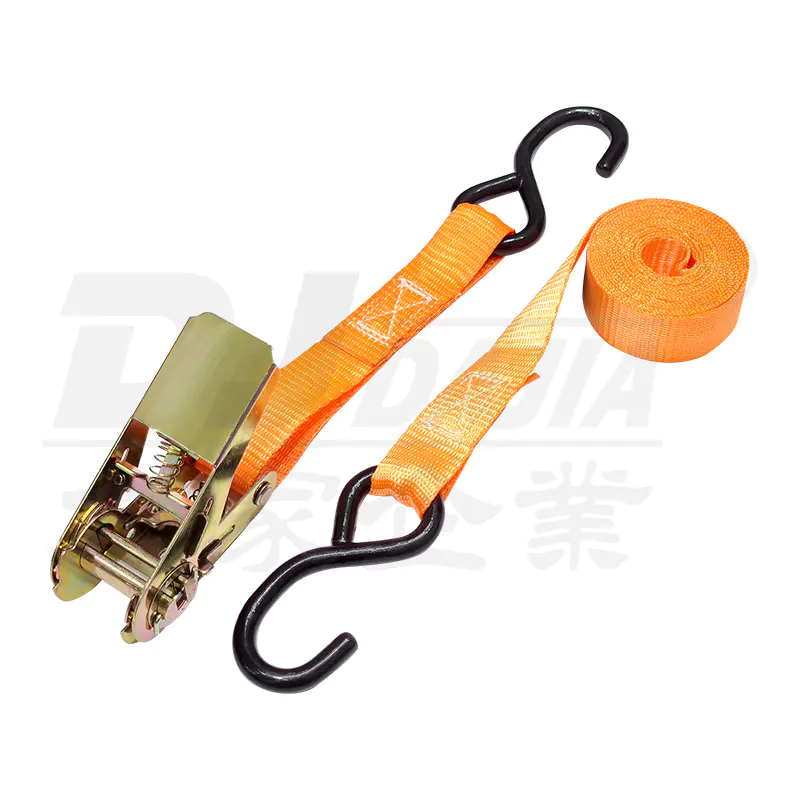But with a little attention and care, you can significantly extend the lifespan of your tie-downs. One of the most important things to remember is to store your ratchet tie-downs properly. Exposure to direct sunlight, excessive heat, and moisture can degrade the materials over time, especially the webbing. Always store your tie-downs in a cool, dry place, ideally in a protective case or container that keeps them free from the elements.
Proper cleaning also plays a key role in preserving the integrity of your tie-downs. After each use, particularly if you've used them in dusty, muddy, or salty environments, be sure to rinse off any dirt or debris. If you're dealing with saltwater exposure—like in marine environments—give them a thorough rinse with fresh water to remove any corrosive materials. When cleaning, avoid harsh chemicals that could weaken the straps or cause unnecessary wear. A mild detergent and warm water will suffice in most cases. Once cleaned, hang your tie-downs to dry completely before storing them, as dampness can cause mold or mildew to form, which can quickly degrade the fabric.

The ratchet mechanism itself is built to last, but keeping it free of dirt and ensuring it's well-lubricated is essential for maintaining smooth operation. A small amount of lubricant applied to the moving parts, like the ratchet gears, can go a long way in preventing rust and ensuring that the mechanism functions smoothly. Over time, the spring and handle can experience friction, so a little regular maintenance here can help keep the ratchet working like new. Avoid using too much lubricant, though—excess oil or grease can attract dirt, which could lead to the mechanism jamming.
When you're using your ratchet tie-downs, it's also crucial not to overtighten them. While it's tempting to crank the handle as tight as possible, over-tightening can lead to unnecessary stress on both the strap and the ratchet mechanism. This can result in fraying or even snapping of the strap under pressure. Always make sure to tighten the strap just enough to secure the load, but not so much that it causes strain. Additionally, inspect the strap regularly for signs of damage, such as fraying, cuts, or fading. If the webbing shows any signs of significant wear, it's better to replace it before it fails during use.
If you're storing the ratchet tie-downs for a longer period, it’s worth considering periodic checks to ensure the straps haven’t become brittle or the mechanism hasn’t started to rust. Even when not in use, keeping them in top condition through occasional maintenance checks can prevent premature breakdowns when you need them most. Taking these simple steps will not only protect your investment but also ensure that your ratchet tie-downs continue to perform reliably and safely for years to come.

 EN
EN  Español
Español get a free quote
get a free quote

















